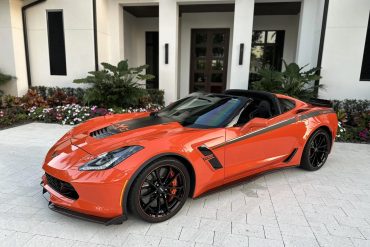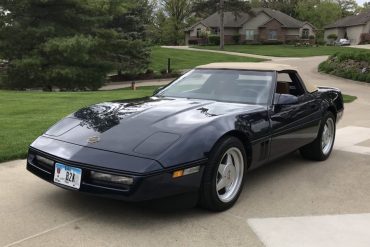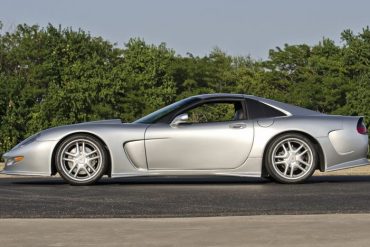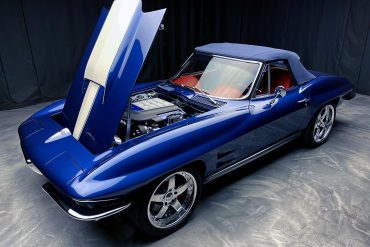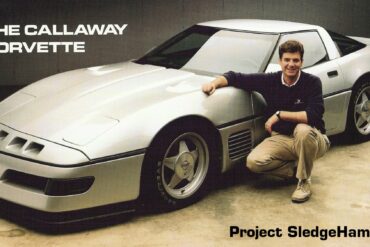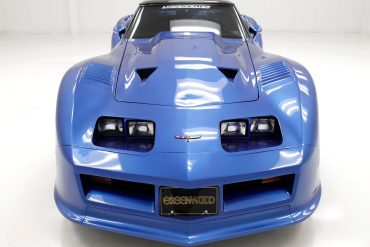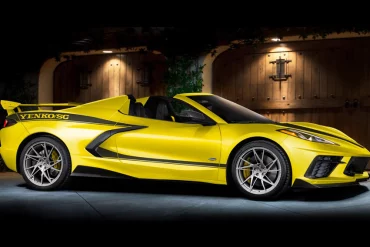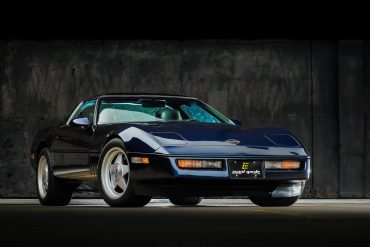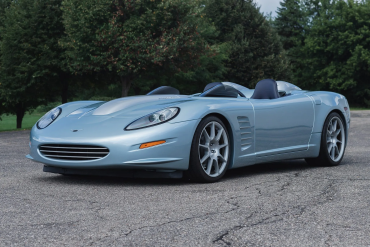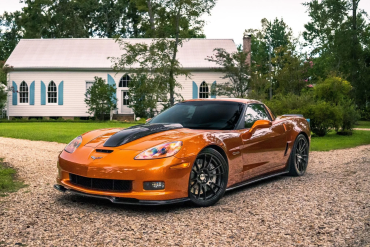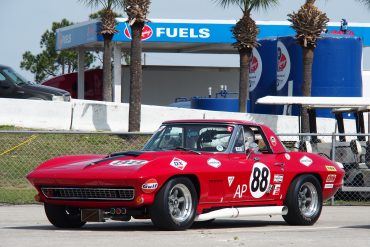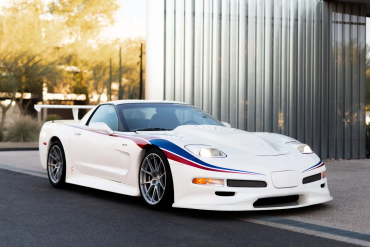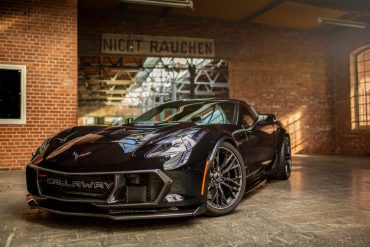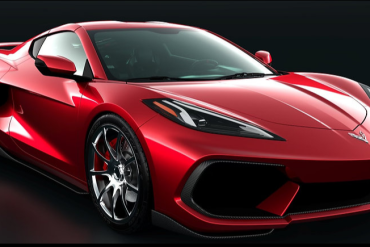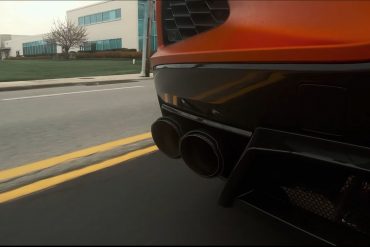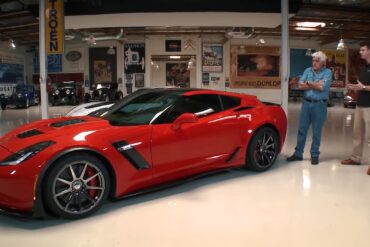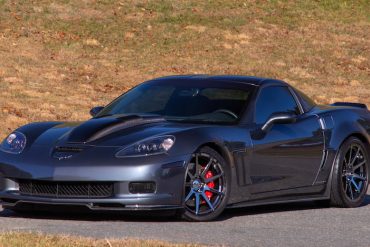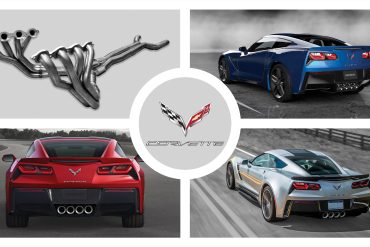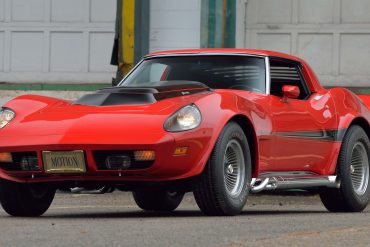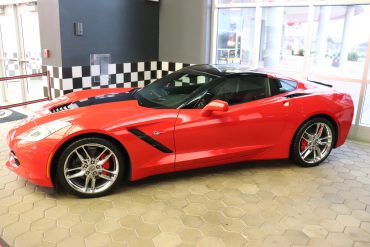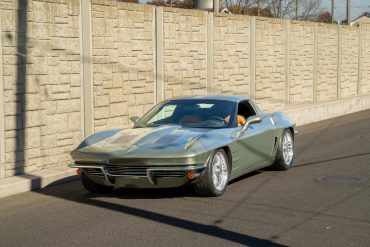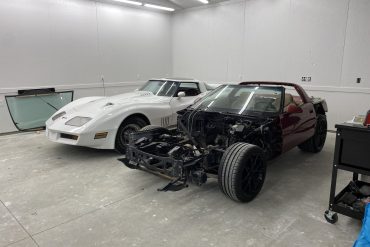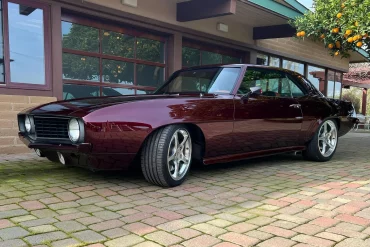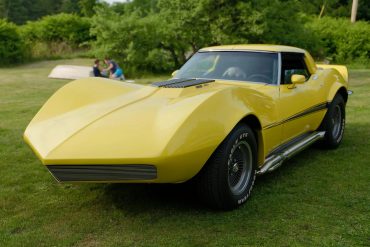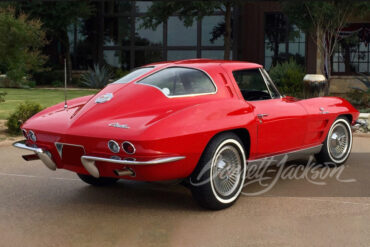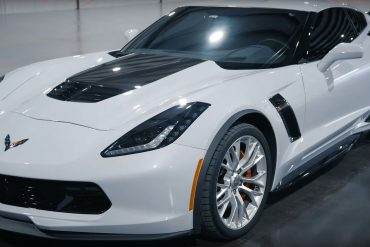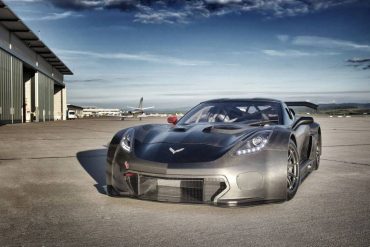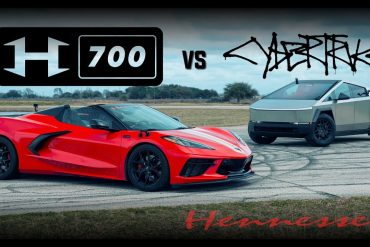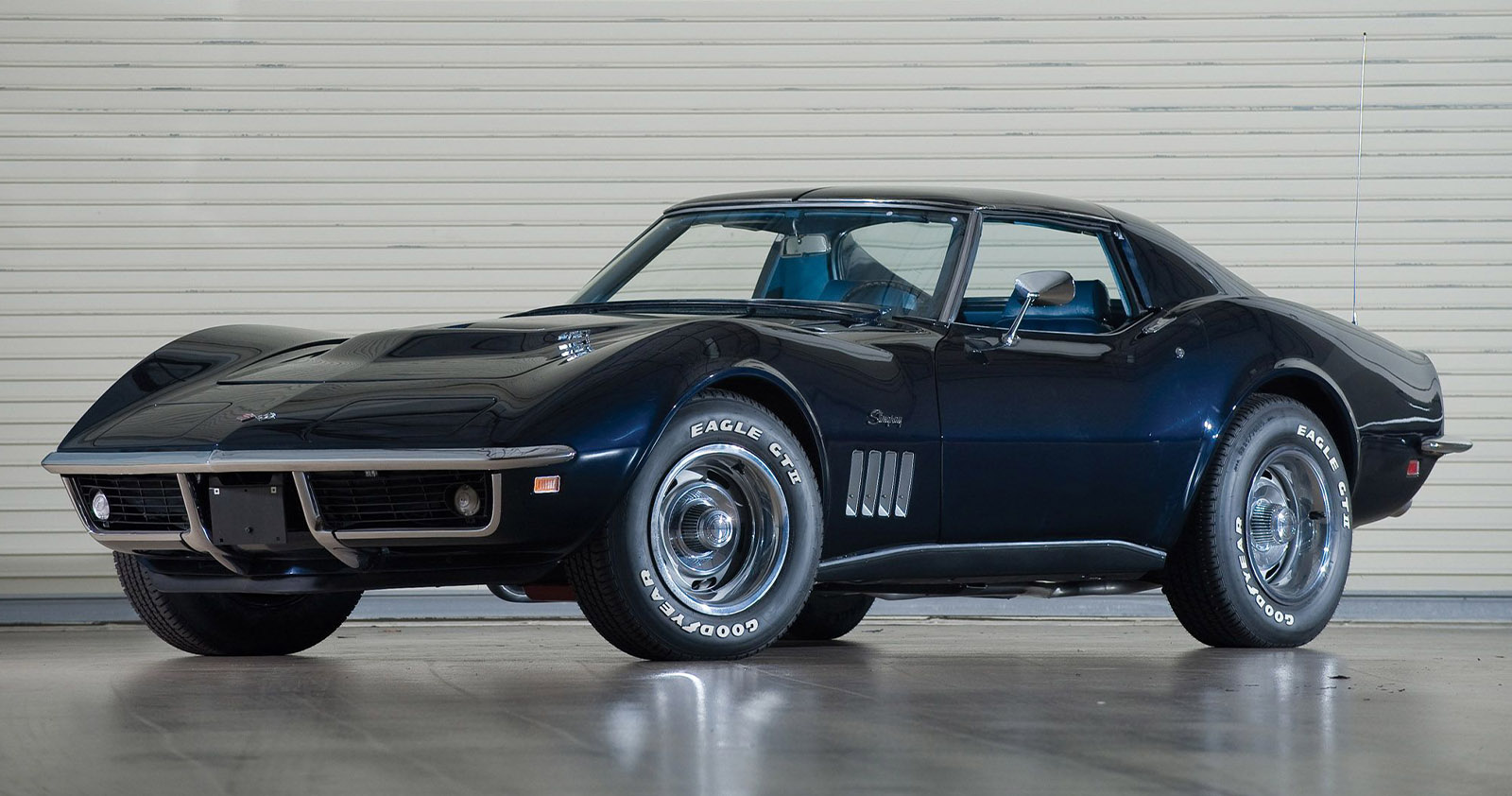To honor the legacy of famous Chevrolet dealer and racer Don Yenko, Specialty Vehicle Engineering (SVE) has been building some...
FOR SALE: A 1988 Callaway Twin-Turbo Corvette Convertible We are pleased to present this 1988 Corvette Convertible. Our friends at...
Callaway has built a firm reputation for producing some of the most sophisticated and advanced Corvette-based automobiles. Introduced in 1998, Callaway’s C12 continued this proud legacy. Designed, developed and constructed by two top German engineering and development companies, Callaway and IVM, the C12 was intended as a bespoke, high-performance car that offered its occupants a civilized interior and relaxed ride. One of the most respected Corvette super-cars ever.
Welcome to a new series where I showcase cool Corvette Restomod builds from around the net. In the relatively short...
Up for sale is a very special piece of Corvette history, the 1988 Corvette Callaway SledgeHammer #51 on BringATrailer. It’s...
What you see before you is a 1982 Chevrolet Corvette that has been fitted with a rare Greenwood Daytona body kit. The most extreme of the Greenwood brothers' kits, the Daytona body kit is a highly sought-after modification that was developed by race-winning specialists Burt and John Greenwood.
When most enthusiasts (myself included) hear the Yenko moniker, we instantly picture the formidable big-block Camaros cranked out by Yenko...
This is the Callaway Vette You Need Callaway is known for making some of the craziest Corvettes out there. If...
In August 19, 2007, Callaway Cars unveiled the C16 Speedster, the third and flagship model in the C16 lineup, on...
This is a 2007 Chevrolet Corvette Z06 that has been upgraded with a Callaway SC652 package, which includes various high-performance...
A Florida Odyssey The L88 was the pinnacle of C2 Corvette racing in 1967. If you start with a big...
The Chevrolet Corvette Z06 is already a high-performance vehicle, but this 2002 C5 model has been taken to new heights...
Callaway Competition is the German arm of Callaway Cars Inc., an American specialty vehicle manufacturer and engineering company headquartered in...
You may recognize the name, as Caravaggio has been in the coachbuilding business since 1986 and enhancing Corvettes for generations....
It seems that with some time having been invested in the 2020 Corvette C8, aftermarket manufacturers are finally coming out...
Jay Leno gives an in-depth look at the 2016 Callaway Corvette Aerowagen that has impressive 757 horsepower!...
To commemorate its quarter-century milestone, Callaway Cars collaborated with Chevrolet, arranging a production run of 25 uniquely prepared 2012 Corvette Grand Sport coupes and convertibles. General Motors supplied special parts and procedures on the Bowling Green production line to facilitate final assembly at Callaway factories. Then, the performance and identity components are installed by Callaway. The 25th Anniversary Edition produced 620 bhp and 555 lb-ft of torque.
Summer is one of the best times of the year. The weather’s great. Gals are dressed up like it’s bikini...
These are the best exhausts for 2014-2019 C7 Corvettes. The installation of a custom exhaust provides a great way to...
Built by Baldwin-Motion, this 1973 Chevrolet Corvette Motion Manta Ray GT is a rare car, being the only one of...
By the time that the C7 Stingray was revealed on January 13, 2013, at the Detroit Auto Show, an extensive...
The 1963 Split-Window Corvette, part of the second-generation C2 lineup, is arguably the most iconic American car of the 1960s....
Today’s installment is yet another reminder of the patience and skill required to take on a project like this. Even...
Say hello to the mother of all C8 Corvettes. We’re talking a twin-turbo setup, meaty rear tyes, nitrous – music...
Well over a decade ago, Jim I. from Reedley, California, had a vision to combine the best of both worlds—classic...
Offered for sale on Bring a Trailer is the only known example of the legendary Motion Moray GT—a one-off 1970s...
One of the most anticipated Corvette auctions is coming to the world-renowned Barrett-Jackson Las Vegas auction June 17-19 2021, held in the West Hall of the Las Vegas Convention Center (LVCC).
Hennessey Performance is well known among Corvette enthusiasts. They have made some legendary performance upgrades, and are currently working on...
Since 1999, the factory-backed Corvette Racing program has been fielding Pratt & Miller built Corvettes at both the IMSA and FIA competition series. ...
When the mid-engine eighth-generation Corvette hit the scene in 2020, it satisfied the speed cravings of most enthusiasts. Now, four...


